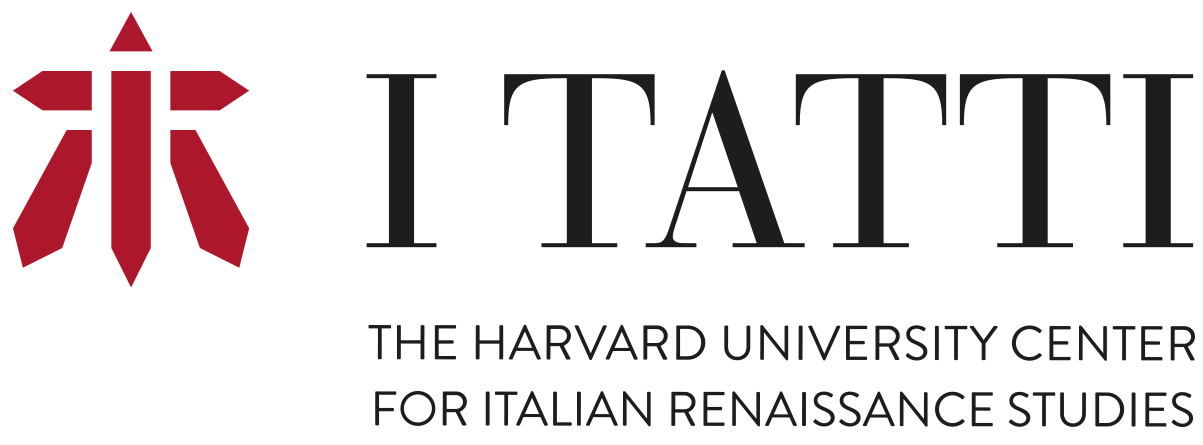For us, scholars of psychology and comparative religion, feeling perhaps more divorced from this mysterious world of renaissance art academia than past interns have felt, a summer spent at I Tatti was sure to offer a chance for intellectual exploration and self-reflection. But while exploring this exciting institution - its resources and the impressive people who make use of them - the most surprising benefit of our summer at I Tatti, at least for us, was getting to know Mary Berenson.
United over an interest in reviving women’s history in our own academic work back in Cambridge, we were thrilled to find ourselves lucky enough to carry out similar work at I Tatti and to do so in a collaborative fashion, expanding ever so slightly the network of female academics. Carving out a collaborative space for ourselves in the Granaio, we spent our days pouring over Mary’s words that jumped between recounts of who was visiting her home that evening and intense moments of honesty about her life in the 1920s. In these more illuminating personal passages, in which her script becomes messier, more frantic, we learn about the complexities of her relationship with BB, her hopes and critiques of her daughters, and her self-deprecatory image of herself. Through complaints about her unread acquaintances, political critiques, and sentiments on art and music, her raw intelligence shines through.
Mary’s diaries offer a rich account of the comings and goings of guests at the Villa, which offers Mary’s experiences up as an avenue for reconstructing the life of Bernard, or the travels of Creswell, or the art collections on site. While these goals put her words to productive academic use, they overlook her as a subject. Not only has Mary been overlooked as an intellectual, much of her academic work unaccredited, but also as an important historical figure.
Through this work the passages infused with emotion - pain, exaltation, wonder, boredom - are elevated to match and surpass the importance in her records of visitors and mentions of artworks. Manually transcribing these two diaries as a team allowed us to meticulously analyze her word choice, phrasing, and sentiments. It permitted us to get inside her head psychologically, to see situations from her perspective, and to think critically about who Mary Berenson was, as a woman in the 1920s: an expat, an intellectual, an adultress, and of course, utterly human. It was especially easy for us to relate with feeling torn at having to choose “between being a person and being a mother”, a struggle we anticipate feeling all too soon.
The issues she experienced as a female academic in 1923 are ones that we still feel, almost a century later. However, maybe the most unique similarity that we share with Mary is what I Tatti offered us as young female intellectuals: the opportunity to delve into our academic interests with fervor, surrounded by resources and limitless support. As we sit in the granaio, side-by-side for nearly the last time this summer, we feel just as Mary did when she first arrived in Florence so many years ago: “At last, I felt, I really was at the centre of things, not sitting on a bench in Boston listening to a lecture, but partaking in imagination at least, of the real feast.”
Chiara Albanese and Sara Coady
